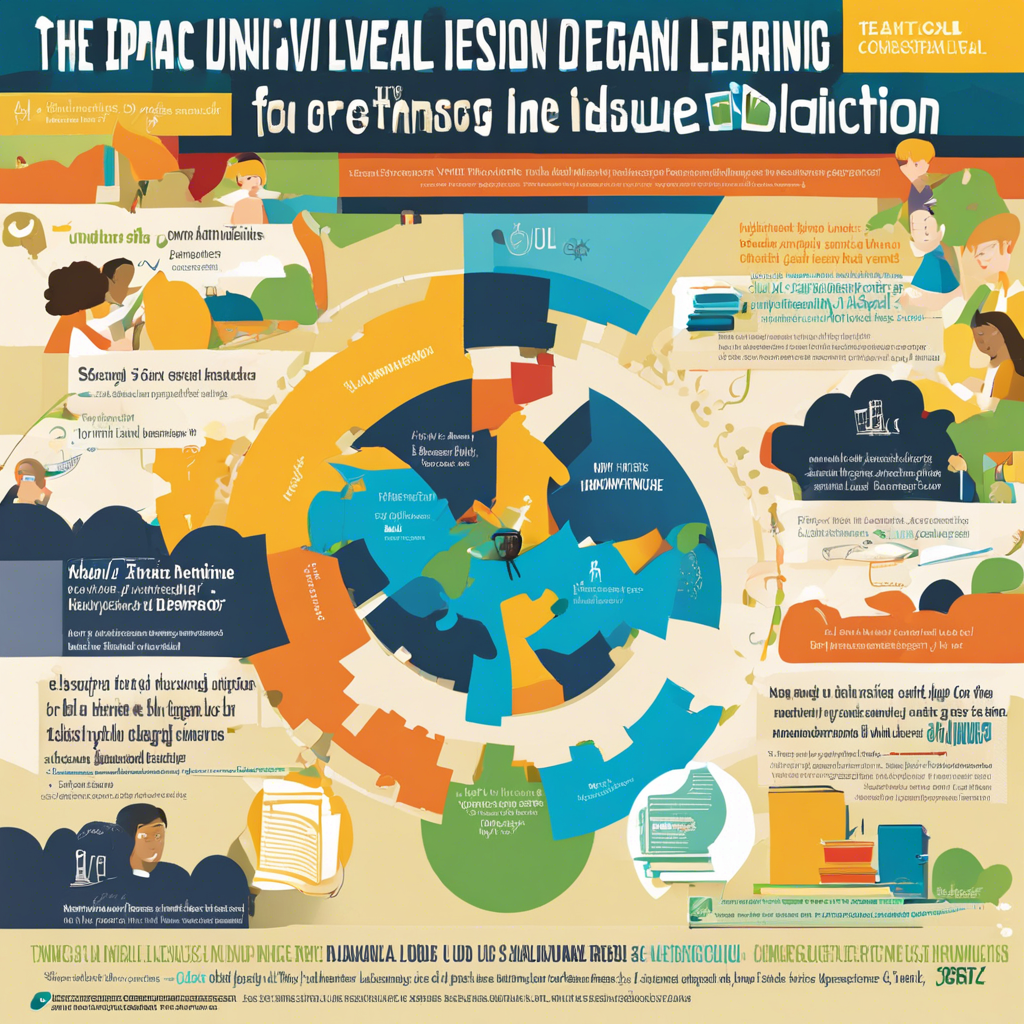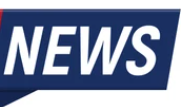The impact of universal design for learning (UDL) on inclusive education

Universal Design for Learning (UDL) revolutionizes inclusive education, fostering diverse learning styles and empowering students.
In the realm of education, where every student’s learning experience is unique, the concept of Universal Design for Learning (UDL) emerges as a powerful approach to foster an inclusive and engaging classroom environment. This innovative framework recognizes that students learn in varied ways and aims to provide a flexible and diverse learning environment that accommodates all. By embracing UDL, educators can cater to the individual needs of students, ensuring that no one is left behind in the pursuit of knowledge. This article delves into the profound impact of UDL on inclusive education, exploring its principles, benefits, and the transformative power it holds for students and teachers alike.
Understanding Universal Design for Learning (UDL)
UDL is an educational framework that originates from the architectural concept of universal design. Just as architects design buildings to be accessible to all, educators using UDL strive to create learning environments that cater to the diverse needs of students. This approach is rooted in the belief that every learner is unique, and traditional ‘one-size-fits-all’ teaching methods may not be effective for all students. By embracing UDL, educators can create a more inclusive and engaging learning experience for every student.
To explore more about the origins and principles of UDL, you can refer to the *National Center on Universal Design for Learning* website, which provides comprehensive resources and research.
The Principles of UDL in Action
Multiple Means of Engagement
One of the core principles of UDL is providing multiple means of engagement. This involves presenting information in a variety of formats to cater to different learning styles. For instance, a lesson might include visual aids, audio recordings, interactive activities, and group discussions to ensure that all students can engage with the material effectively. By offering diverse learning experiences, UDL keeps students motivated and interested, thus enhancing their overall engagement.
Multiple Means of Representation
The UDL framework also emphasizes the importance of multiple means of representation. This means presenting information in different formats to support a range of learning styles and abilities. For example, a teacher might provide text-based materials, visual diagrams, hands-on activities, and verbal explanations to ensure that all students can access and understand the content. This approach not only benefits students with different learning preferences but also those with learning disabilities or language barriers.
To further explore the practical application of UDL, *The University of Washington’s Center for Teaching and Learning* website offers valuable resources and case studies.
A Comprehensive Approach to Learning
UDL encourages teachers to provide various ways to present information, express learning, and engage students. This comprehensive approach ensures that all students have equal opportunities to learn and succeed.
- Presenting information through text, audio, and visuals to cater to different learning styles.
- Allowing students to express their understanding through writing, speaking, or artistic creations.
- Engaging students with interactive activities, group work, and real-world problem-solving.
Multiple Means of Action and Expression
Under the UDL framework, educators also provide multiple means of action and expression, allowing students to demonstrate their knowledge in diverse ways. This might include traditional assessments like tests and essays, as well as creative projects, presentations, or hands-on demonstrations. By offering a range of options, UDL accommodates different learning preferences and ensures that all students have the opportunity to showcase their strengths.
Benefits of UDL for Inclusive Education
The implementation of UDL in classrooms brings about numerous benefits, ultimately leading to a more inclusive and effective learning environment.
Enhanced Student Engagement and Motivation
When students feel that their learning styles and preferences are respected and accommodated, they become more engaged and motivated to learn. UDL’s flexibility and variety of learning experiences help students stay interested and invested in their education.
Improved Learning Outcomes for All Students
By catering to diverse learning needs, UDL ensures that all students have the opportunity to succeed. This approach has been shown to improve academic performance and reduce learning gaps, benefiting students with and without disabilities.
Reduced Stigma and Increased Inclusivity
UDL creates an environment where accommodations are seamlessly integrated into the learning process, reducing the stigma often associated with special education. Students with disabilities are included in the same learning environment as their peers, promoting a sense of belonging and equality.
FAQs: Addressing Common Concerns
How can teachers implement UDL in their classrooms?
Implementing UDL begins with understanding the principles and adjusting lesson plans accordingly. Teachers can start by incorporating a variety of teaching methods, materials, and activities to cater to different learning styles and abilities. This may involve using technology, adapting assessments, and creating a flexible learning environment.
What are the challenges of implementing UDL?
One of the main challenges is the initial time investment required to redesign lessons and adapt teaching methods. Additionally, educators may need professional development to understand and effectively implement UDL. However, the long-term benefits of improved student engagement and learning outcomes make UDL a worthwhile investment.
How does UDL benefit students without disabilities?
UDL benefits all students, not just those with disabilities. By offering multiple ways to learn and express understanding, UDL caters to the diverse learning preferences of all students, enhancing their overall learning experience and outcomes.
Conclusion: Empowering Learners through UDL
Universal Design for Learning has the power to transform education by creating a more inclusive, engaging, and effective learning environment for all students. By embracing the principles of UDL, educators can cater to the diverse learning styles and needs of their students, ensuring that every learner has the opportunity to succeed. This approach not only enhances academic outcomes but also fosters a sense of belonging and empowerment among students. As we move forward, the implementation of UDL will continue to play a vital role in shaping the future of inclusive education, breaking down barriers, and unlocking the full potential of every learner.
To further explore the potential of UDL, educators and policymakers can delve into the research and resources provided by organizations like the *CAST* website, a leading authority in UDL.
